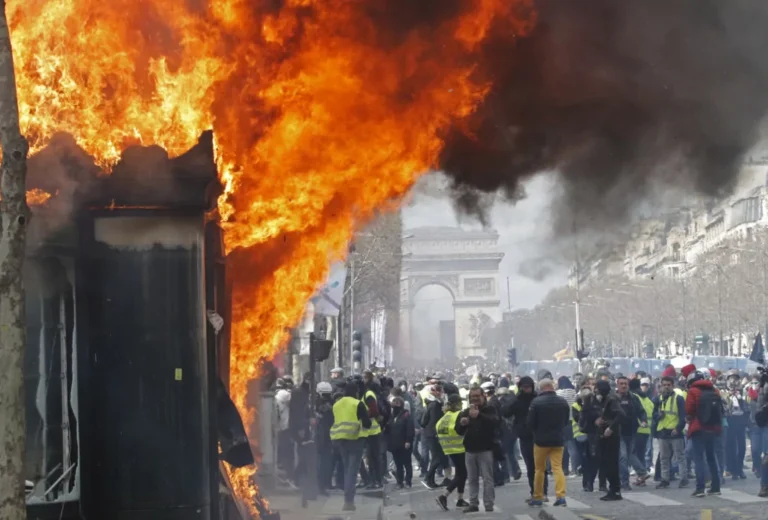Witnessing Disorder Up Close
Last night I set out for Rusholme for a drink and a curry with a friend. At the first pub we were turned away—the venue was closing early in anticipation that the riots were moving in our direction. The streets felt eerie. We eventually found another place still open, almost empty, where I spoke to a man who’d been trapped in the city-centre violence for three hours. On the walk home, emergency vehicles prowled with lights flashing and busloads of police rolled past. The experience was profoundly unsettling.
When Institutions Feel “Behind the Curve”
My experience isn’t unique. The riots have rippled through millions of lives, and there is a palpable unease across urban centres. When government and police appear reactive rather than directive, our insecurity deepens. We look to authority to set a course; seeing it reduced to bystander status compounds that sense of helplessness and fuels public anger (see related reflections in Anger, Aggression and Abuse).
The “Normal Natural Order” We Carry in Our Heads
One way to make sense of these feelings is to recognise that we each construct a social world with a “normal natural order.” Through experience, we form expectations for how society should function. This is more than description; it’s a moral prescription. We expect life to follow certain patterns—elderly people die at the end of long lives, institutions keep the peace, rules broadly hold. When those patterns break—such as when a young person dies, or when streets descend into chaos—we experience moral and psychological dislocation.
Why These Riots Feel Different
Many historic disturbances—race riots of the 1980s, poll tax protests, or summit clashes—channel political anger at symbols of authority. Distressing as they are, they fit a familiar narrative. What felt different in recent days was a form of unrest aimed primarily at opportunistic looting while avoiding direct confrontation. That deviation from the script unsettles us because it violates our mental model of what rioting “should” look like, and thus threatens our confidence in social predictability.
Collective Behaviour, Meaning-Making, and Anxiety
Events that defy our expectations generate anxious meaning-making: Why is this acceptable to so many? How long will it last? What does this mean for our society? Classic social-psychology perspectives on collective behaviour help frame why crowds shift so quickly and why norms can invert under specific conditions. For an overview, see Encyclopaedia Britannica’s entry on riots, which outlines historical patterns, triggers, and responses.
Finding Personal Ground When Society Feels Groundless
Disjuncts to the normal natural order are deeply unsettling, but a new consensus usually emerges over time as communities process events and institutions adapt. Individually, it helps to engage in practices that regulate stress and keep perspective—structured routines, physical activity, and reflective habits (related ideas in Active Body, Healthy Mind). Evidence-backed mindfulness can also reduce anxiety and help us observe fear without being run by it; see More Positive Evidence on Mindfulness for research-backed benefits.
From Shock to Integration
Until public narrative catches up—through inquiry, reform, and shared understanding—unease lingers. But meaning-making happens. When collective explanations cohere and institutions recalibrate, confidence in social order tends to return. In the meantime, strengthening personal anchors and avoiding catastrophic thinking can keep our internal compass steady (for cognitive framing skills, see Do You Understand The Psychology Of Debt?—many of its reframing tools apply beyond finance to periods of social uncertainty).


